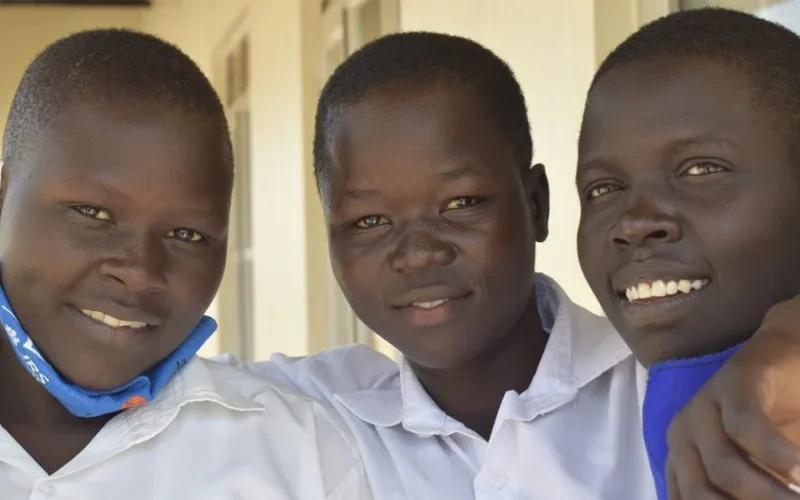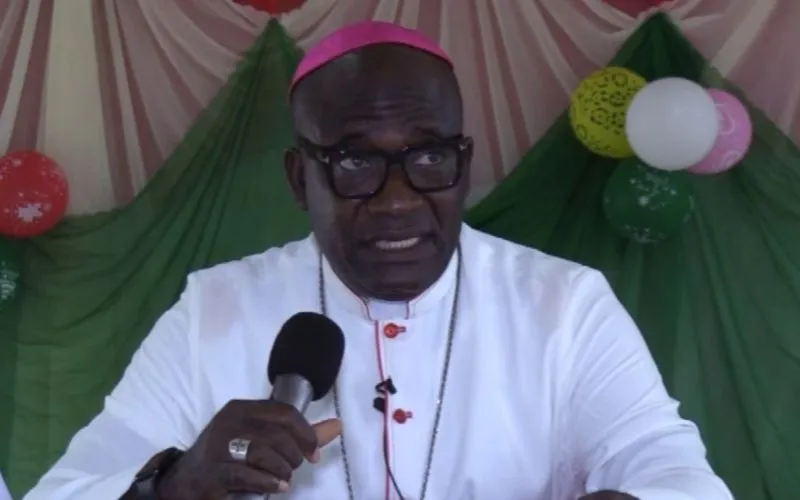Arua, 13 February, 2022 / 7:00 pm (ACI Africa).
Jesuits Refugee Service (JRS), an international refugee entity of the Society of Jesus (Jesuits), is constructing laboratories in girls’ schools for refugees in Uganda to boost their performance in science subjects.
In a Friday, February 11 report, JRS leadership says that refugee girls in Uganda face barriers in their effort to pursue learning opportunities especially in science subjects because of inadequate infrastructure in their schools and other challenges relating to their status in the East African nation.
“Due to the peculiar conditions of displacement, refugee girls face compounding barriers when trying to access learning opportunities, including scientific ones. Among these, lack of safe educational spaces and inadequate school infrastructure further exacerbate refugee girls’ vulnerability to poverty, early and forced marriage, and pregnancy, as well as damaging socio-cultural attitudes and norms,” JRS leadership says.
Officials of the Jesuit entity in Uganda report that in their initiative to improve quality education among refugee girls, they are boosting secondary school infrastructure in Uganda’s Pagirinya refugee settlement in the Catholic Diocese of Arua.
“To advance girls’ inclusion and the overall quality of education in the region, JRS has been increasing and improving secondary school infrastructure in the Adjumani district, Uganda. As part of this effort, a science laboratory was built last year at the secondary school in the Pagirinya refugee settlement,” JRS officials explain.







